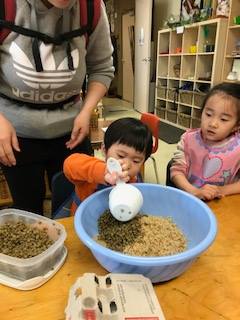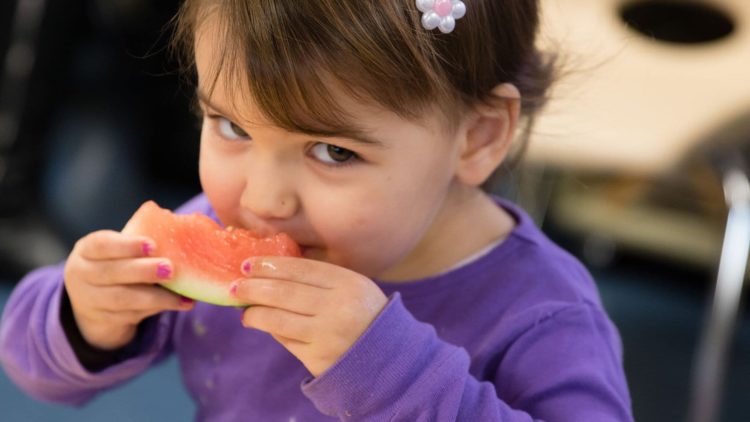Do you think your child eats the recommended amount of whole grains
every day? Canadian guidelines recommend that half of the grain products we eat in a day
should be whole grains. Here are some ways to gradually increase whole grains in the diet.
Balanced Advice on Trick or Treating
Many parents worry about their kids consuming too much sugar around Halloween. Parents may try to restrict and avoid Halloween candy to protect their children from eating too much sugar at this time of year. While the intention to reduce sugar is positive, being overly restrictive about Halloween candy may deprive kids not only of enjoyment but also a learning opportunity. Studies have shown that kids who have regular access to treats actually eat less high-sugar, high-fat food. Dietician Ellyn Satter describes it this way, “Children who have regular access to sweets and other forbidden foods eat them moderately. Children who don’t have regular access load up on them when they aren’t even hungry.” Ellyn Satter offers a balanced approach for navigating the Halloween candy stash: When he comes home from trick-or-treating, let him lay out his booty, gloat over it, sort it and eat as much of it as he wants. Let him do the same the next day. Then have him put it away and relegate it to meal-and snack-time: a couple of small pieces at meals for dessert and as much as he wants for snack-time. If he can follow the rules, your child gets to keep control of the stash. Otherwise, you do, on the assumption that as soon as he can manage it, he gets to keep it. Offer milk with the candy, and you have a chance at good nutrition. Satter encourages parents to treat Halloween as a learning opportunity, with the goal of the child being able to manage their own candy stash. In our society where sugar and treats are widely available, learning to self-regulate sugar intake is a healthy skill to have in life. So this Halloween, have fun and help children learn moderation through a balanced approach to candy.



